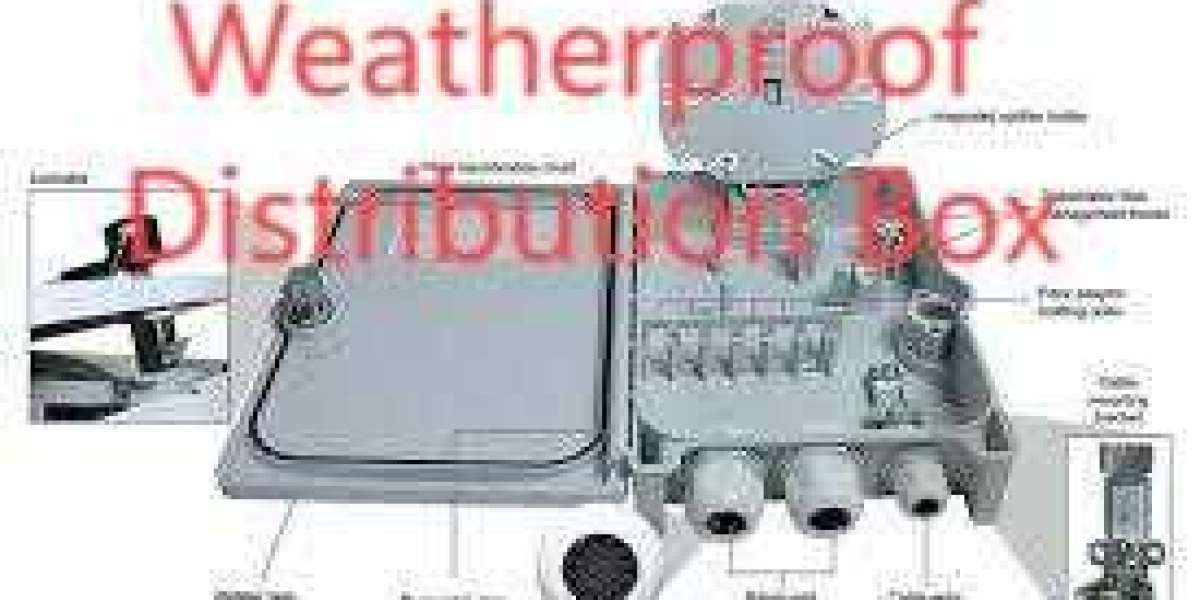Introduction
Pneumatic three-way control valves are critical components in industrial fluid management systems, expertly designed to regulate the flow of water, steam, gas, or other process media. Engineered for both diverting and mixing applications, these valves provide reliable, precise, and efficient control—making them especially popular in heat exchangers and thermal management processes.
At the heart of these China Control Valves lies a multi-spring, compact diaphragm actuator, delivering high output force with a simplified operating mechanism. This design enables smooth, accurate valve operation even under high differential pressure, ensuring consistent performance in demanding environments.
Key Specifications
| Specification | Without Positioner | With Positioner |
|---|---|---|
| Hysteresis Error | Within 3% F.S. | Within 1% F.S. |
| Linearity | ±5% F.S. | ±1% F.S. |
Note: Incorporating a positioner significantly improves valve accuracy and responsiveness.
Operating Principle
Pneumatic three-way control valves function by directing compressed air to the actuator, which moves the valve plug to control fluid flow through three ports—typically one inlet and two outlets (or vice versa). Depending on the system’s needs, the valve can either:
Divert flow from one outlet port to another, or
Mix flows from two inlet ports into a single outlet.
The multi-spring diaphragm actuator converts pneumatic signals into precise mechanical motion, allowing fine modulation of the valve’s internal components. This ensures steady, accurate flow control even in systems with high pressure differentials.
For example, in heat exchanger applications, the valve modulates heating or cooling media to maintain optimal temperature by adjusting flow paths dynamically.
Benefits of Pneumatic Three-Way Control Valves
Versatility: Suitable for water, steam, and gas systems, capable of both mixing and diverting flows.
High Precision: Low hysteresis and linearity errors (down to ±1% F.S. with positioner) guarantee precise flow control.
Durability: Designed to handle heavy-duty industrial conditions, including high differential pressures.
Compact Design: Small diaphragm motor simplifies installation and reduces space requirements.
Energy Efficiency: Optimized flow regulation reduces energy consumption in heating, ventilation, and air conditioning (HVAC) systems.
Maintenance-Friendly: Simplified actuator design lowers wear and extends service intervals.
Maintenance Best Practices
To ensure optimal performance and extend valve life, follow these maintenance guidelines:
Regular Inspection: Check for signs of wear, corrosion, or damage on seals, diaphragms, and actuator components.
Lubrication: Keep moving parts well-lubricated to reduce friction and prevent premature wear.
Cleaning: Remove debris, mineral deposits, or contaminants that may impede valve movement, especially in water or steam systems.
Calibration: Periodically calibrate the valve and positioner to maintain accuracy.
Leak Detection: Monitor for air or fluid leaks; repair promptly to prevent inefficiencies.
Component Replacement: Replace worn seals, diaphragms, or other critical parts as needed.
Two-Way vs. Three-Way Control Valves: Which to Choose?
| Feature | Two-Way Control Valves | Three-Way Control Valves |
|---|---|---|
| Function | Single inlet and outlet; controls flow on/off or throttling | One inlet, two outlets (or vice versa); used for mixing/diverting flows |
| Applications | Simple flow regulation, on/off control | Temperature control, mixing/diverting in complex systems |
| Advantages | Simpler design, lower cost, easier installation | Greater versatility, supports complex flow control tasks |
| Limitations | Cannot mix or divert flows | More complex, higher initial cost, maintenance-intensive |
Decision: Use two-way valves for straightforward flow control. Opt for three-way valves when mixing or diverting flows, or precise temperature control is required.
Common Applications
HVAC Systems: Regulate heating and cooling media flow for temperature stability and energy savings.
Heat Exchangers: Control hot/cold fluid flow to maintain desired thermal exchange rates.
Industrial Processes: Manage fluid mixing/diverting for consistent production parameters.
Water Treatment: Optimize flow of water and chemicals for efficient treatment operations.
Steam Systems: Control steam flow in heating or power generation applications.
Conclusion
Pneumatic three-way control valves are essential for industrial systems requiring versatile, accurate, and durable flow management solutions. Their advanced diaphragm actuator design ensures robust performance under challenging conditions, while their ability to mix or divert fluids enables precise process control.
By understanding valve operation, benefits, and maintenance, users can maximize system efficiency and longevity. Careful selection between two-way and three-way valves based on application needs further enhances operational effectiveness.
Investing in high-quality pneumatic three-way control valves is a prudent choice for industries aiming to optimize process control and reduce energy consumption in today’s demanding environments.Know more about Google SEO Directory



